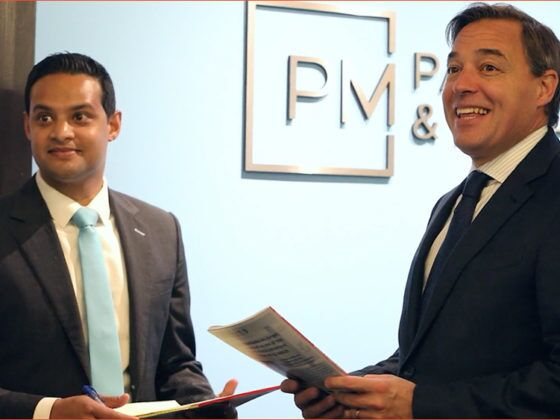Want to know why litigation is increasingly expensive and complicated? Take a look at eDiscovery pricing and unpredictable costs.
Thanks to a recent federal Appeals Court ruling, Vinter v. Gallo, we get a clear look under the hood to find out what parties are being charged for eDiscovery services in a fairly routine infringement suit. The original suit has been settled, but the defendant Gallo submitted a $111,047.75 bill for eDiscovery costs in the matter that included included:
• $71,910 for flattening and indexing ESI
• $15,660 for Searching/Review Set/Data Extraction
• $178.59 for Tiff Production and PDF Production
• $74.16 for electronic Bates Numbering
Post-trial wrangling over costs is an arcane and difficult area of law. But it doesn’t have to be. According to the existing federal law, parties can claim the costs of converting electronic files to non-editable formats, and transferring files onto CDs were taxable as “costs of making copies of any materials.” In other words, they can reclaim the cost of making copies, but not the cost of processing evidence.
Following the Third Circuit in Race Tires America, Inc. v. Hoosier Racing the district court said Gallo, “may not receive reimbursement for any other ESI-related expenses,” and found that, in this case, “the only tasks that involve[d] copying [we]re the conversion of native files to TIFF and PDF formats and the transfer of files onto CDs” and awarded only $218.59 in ESI-related costs.
eDiscovery Pricing: Don’t Fight Over the Check with These Guys
Ouch. While it is certainly painful to be reimbursed only $218 for six-figure bill, the case highlights a more obvious problem — why is eDiscovery pricing done this way?
There was a time more than a decade ago when eDiscovery services were a new and evolving area. Service providers had to improvise their bills because they were improvising and learning as they went. But today, eDiscovery processing is a relatively routine and well-defined business.
We will ignore the fact that these prices seem inflated. More importantly — how is Bates Numbering a separate service in 2013? How are all these services not part of the same job?
We believe in flat rate pricing. It has been our mission to bring transparency and predictability to our pricing since 2005. The advantage of being a Nextpoint customer is that you upload your data to our platform, and everything (all features and functionality you need) is there — and you pay ONE basic, per-user price. We realize that simple, clear pricing makes us unique… but we’re okay with that.






